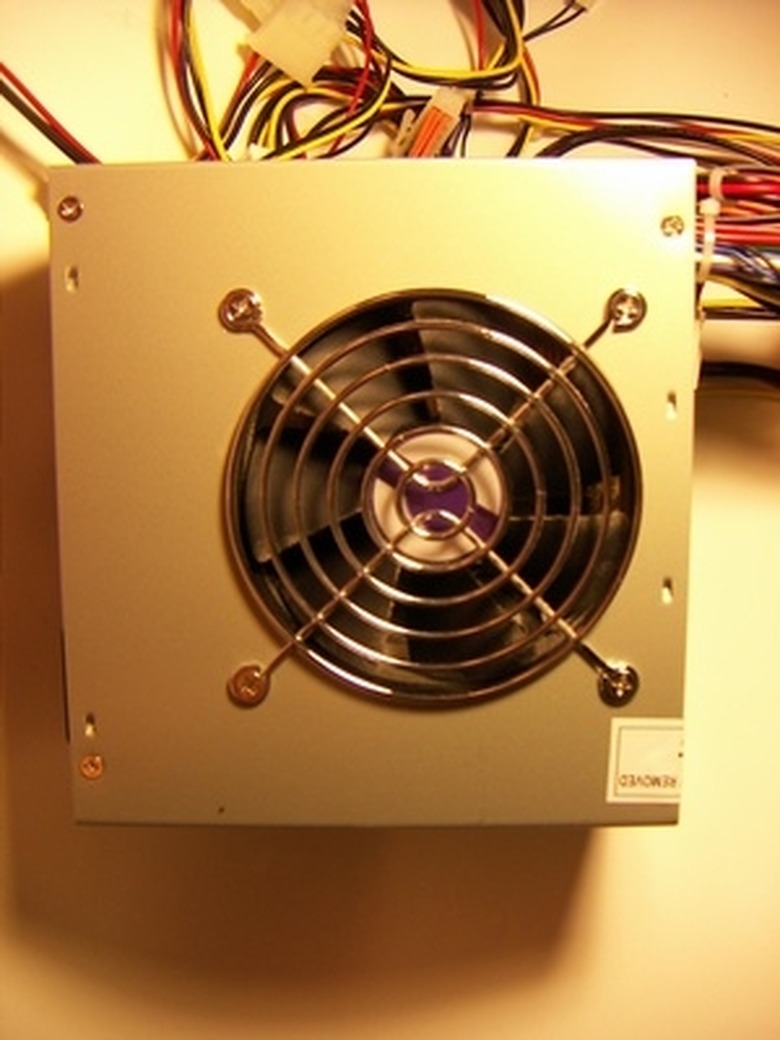What Is A 24V Power Source?
Electricity is the flow of electrons. The number of electrons flowing is determined by the force (measured in volts) pushing them. Twenty-four volts is a common power requirement for small devices, but it is not a readily available power source.
AC and DC power
AC and DC power
Direct Current (DC) is characterized by a steady, level and consistent flow of current in one direction. This is exactly what most small electrical devices require. Alternating Current (AC) is current that periodically reverses direction in predictable cycles. AC works better for transmitting electricity, so the electricity coming out of the wall is AC. DC mainly comes from batteries.
24 Volt AC supplies
24 Volt AC supplies
To get a 24 volt AC power supply it is only necessary to have an electrical device called a transformer. These devices "transform" AC voltages (they do not work for DC) from one voltage level to another. They are the chunky things on your cell phone chargers that step down the AC coming out of the wall to a level that the cell phone needs.
24 volt DC power supplies
24 volt DC power supplies
Twenty-four volt DC power supplies require something more complex than a transformer. There are electrical circuits called "rectifiers" that consist of several parts that can transform AC to DC and adjust the voltage level at the same time. These circuits are built into devices like computers and televisions that need 24 volts of DC but have access to the 120 AC that comes from the wall.
References
Cite This Article
MLA
Mano, Carlos. "What Is A 24V Power Source?" sciencing.com, https://www.sciencing.com/24v-power-source-7258808/. 24 April 2017.
APA
Mano, Carlos. (2017, April 24). What Is A 24V Power Source?. sciencing.com. Retrieved from https://www.sciencing.com/24v-power-source-7258808/
Chicago
Mano, Carlos. What Is A 24V Power Source? last modified March 24, 2022. https://www.sciencing.com/24v-power-source-7258808/
